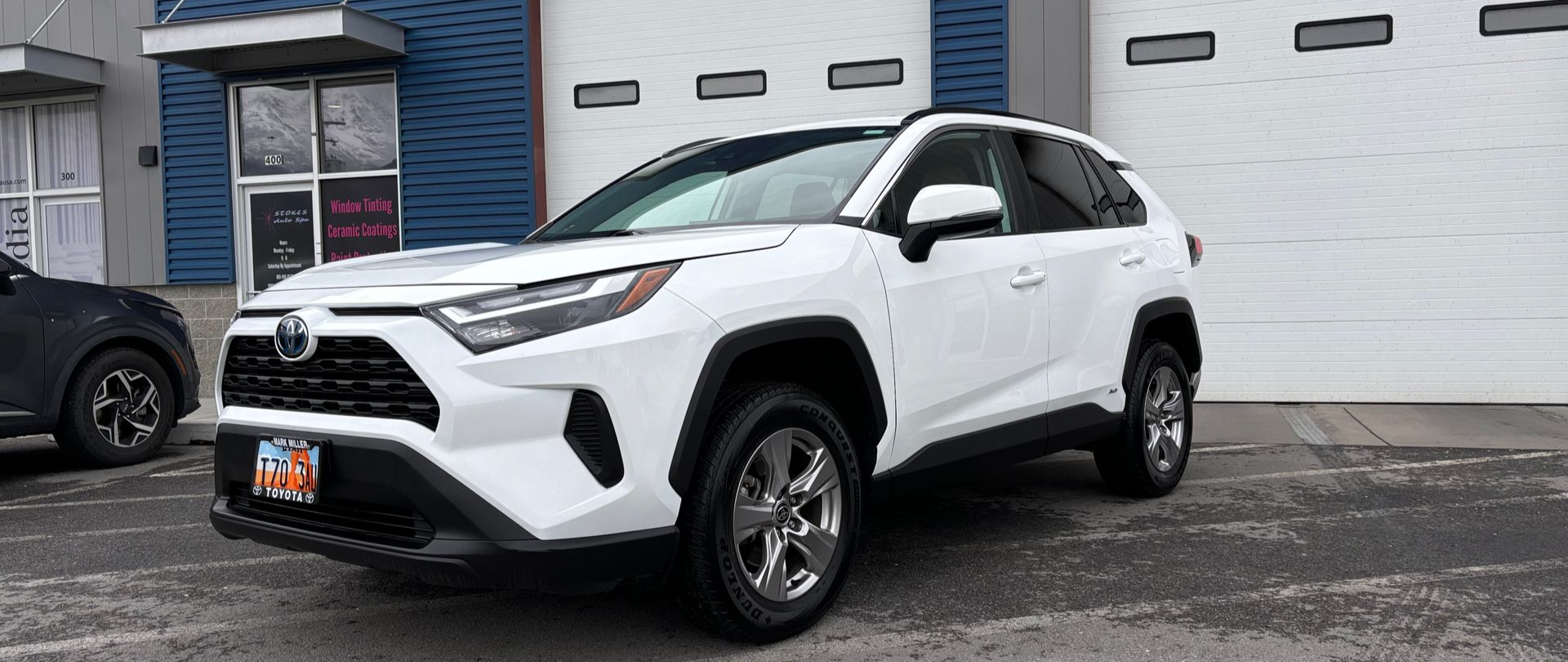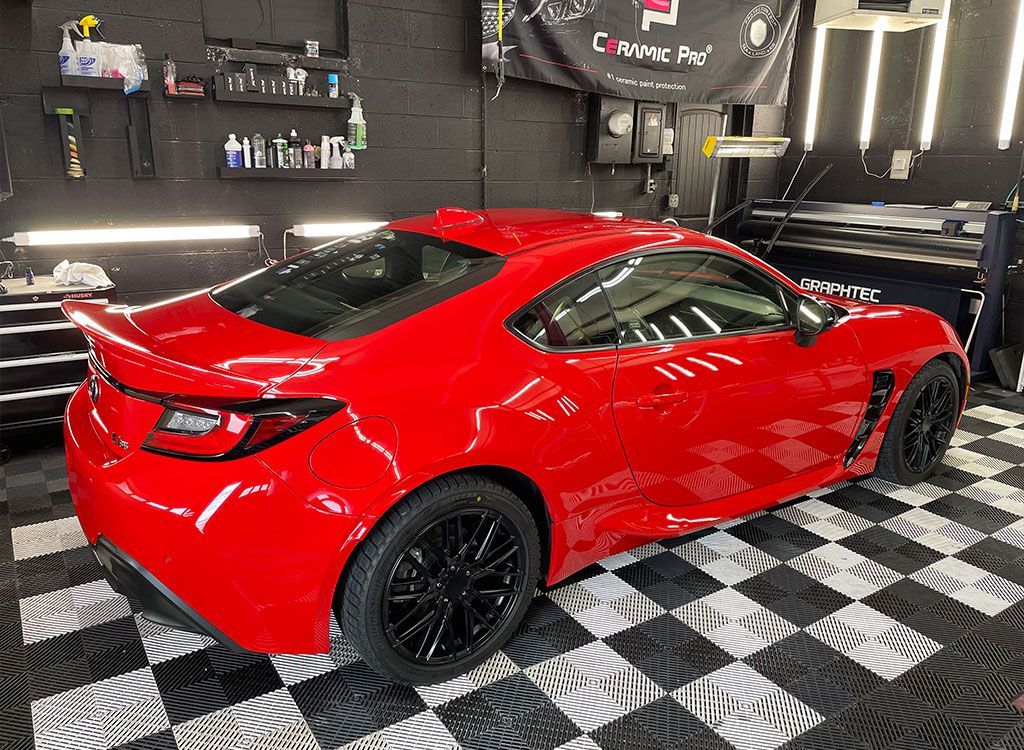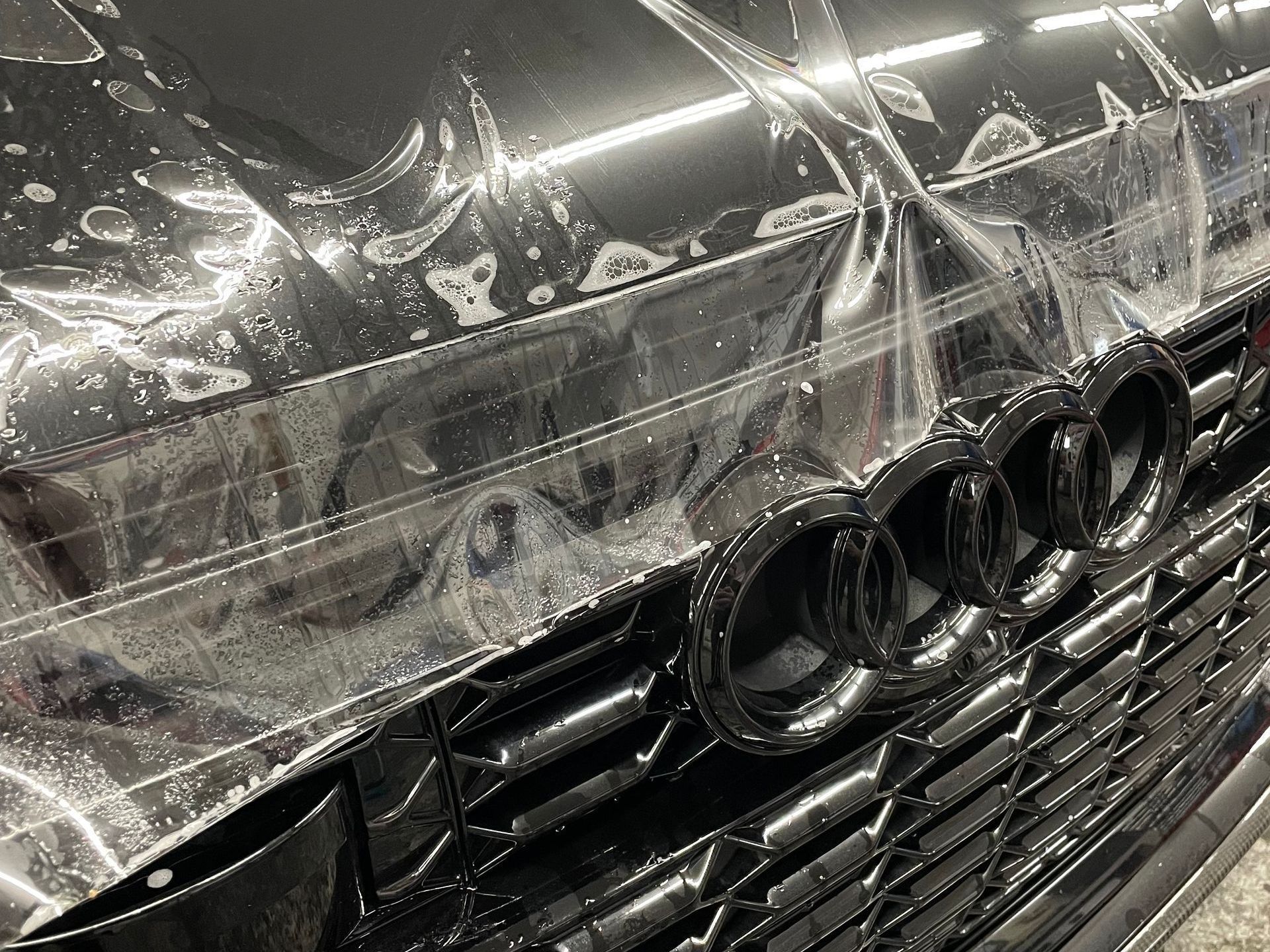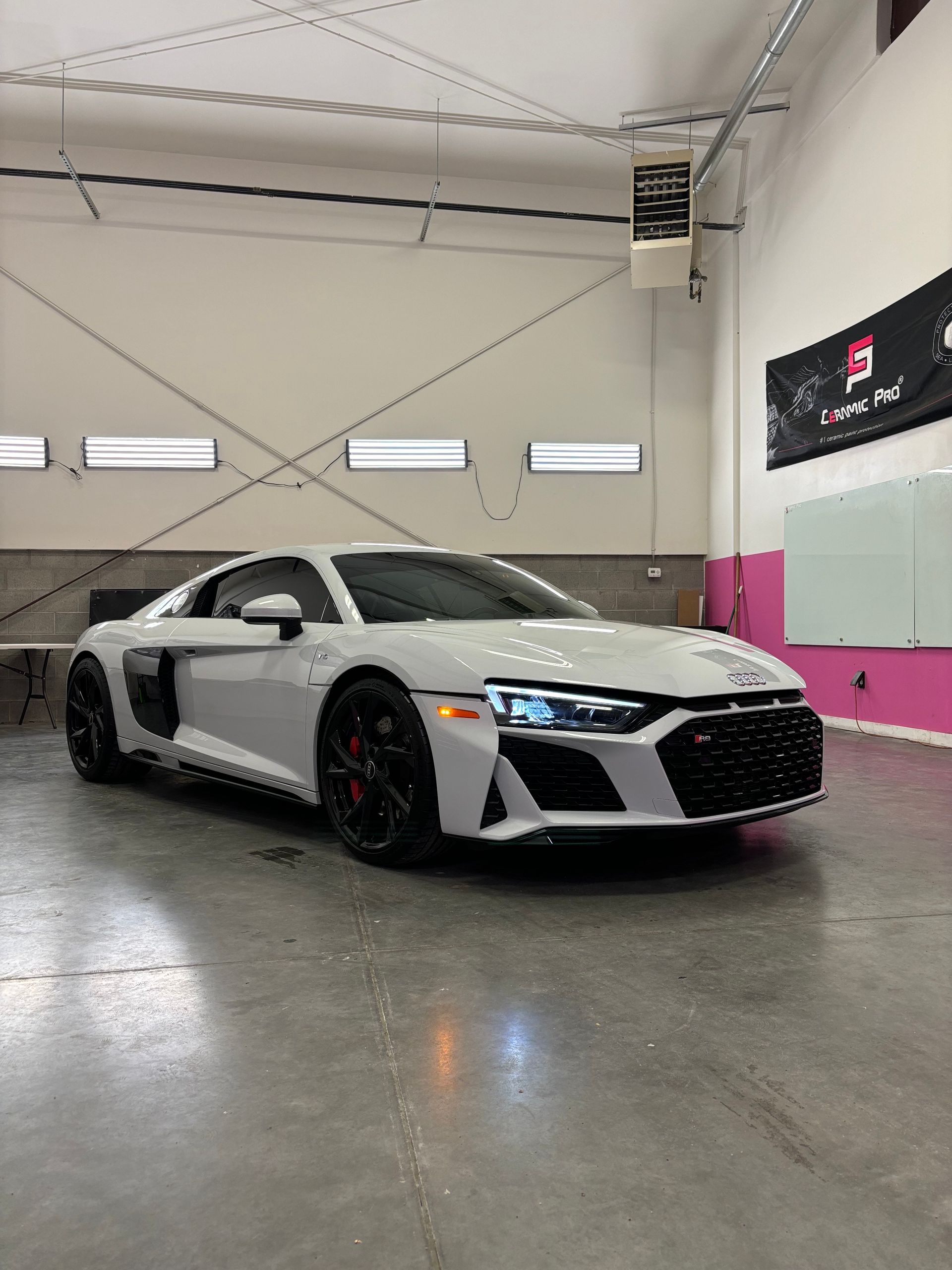When it comes to personalizing your vehicle, one of the most popular and effective upgrades is auto window tinting. Not only does it enhance the look of your car, but it also offers a variety of benefits such as improved comfort, protection from harmful UV rays, and increased privacy. With a wide selection of tints available in various shades, brands, and materials, selecting the right window tint for your vehicle can seem overwhelming.
In this guide, we’ll break down the different types of auto window tinting, including dyed, ceramic, and carbon films. We’ll explore their unique features, benefits, and durability so you can make an informed decision about which option is best for your car. Whether you're in Lindon, UT, or beyond, this blog will help you choose the tint that best meets your needs in terms of performance, appearance, and longevity.

Understanding Auto Window Tinting
Before we dive into the different types of window tints, it’s important to understand what auto window tinting is and how it works. Window tint is essentially a thin film that is applied to the windows of your car. It is made from a variety of materials, including polyester, and can be coated with various metals, dyes or ceramics to provide the desired benefits.
The main reasons car owners opt for window tinting are:
- Heat Rejection: Tinted windows help reduce the amount of heat entering your vehicle, making it cooler and more comfortable, especially in hot climates. In Lindon, UT, where temperatures can soar, this becomes an essential feature.
- UV Protection: Tinting blocks harmful ultraviolet rays that can damage your skin and cause the interior of your car to fade over time.
- Privacy: Tinted windows provide more privacy by limiting the visibility into your car, which is especially helpful for security.
- Aesthetics: The sleek and polished look of tinted windows enhances the overall appearance of your vehicle.
- Glare Reduction: Tinting reduces the glare from the sun, headlights, and streetlights, improving driving visibility and safety.
The benefits of window tinting go beyond mere aesthetics. Properly tinted windows can help maintain the vehicle's value, keep the interior cooler, and even prevent your leather seats from cracking under UV exposure. These practical reasons make auto window tinting a wise investment for anyone who cares about the long-term care of their car.
The Types of Auto Window Tinting
There are three primary types of auto window tinting films: dyed, ceramic, and carbon. Let’s take a closer look at each type and how they compare in terms of performance, durability, and appearance.
1. Ceramic Window Tint
Ceramic window tint is considered the gold standard when it comes to performance. It uses advanced nano-ceramic technology that is designed to block heat, UV rays, and glare more effectively than dyed or carbon films. Ceramic films are made from ceramic particles that are non-metallic, offering excellent heat rejection without interfering with electronics such as GPS, Bluetooth, or mobile signals.
Benefits of Ceramic Tint:
- Superior heat rejection: Ceramic tint is highly effective at blocking heat, making your car cooler and more comfortable in hot climates like Lindon, UT. You can enjoy a more pleasant driving experience, even in the hottest weather.
- Excellent UV protection: It provides top-tier protection by blocking up to 99% of harmful UV rays, which helps preserve your skin and car’s interior.
- Enhanced durability: Ceramic films are long-lasting and won’t fade, peel, or change color over time, making them a wise investment for the long term. You can rest assured knowing that your investment will continue to pay off for years.
- Improved visibility: Ceramic films do not interfere with electronic signals, ensuring your car’s GPS, Wi-Fi, and Bluetooth work perfectly.
Drawbacks of Ceramic Tint:
- Price: Ceramic window tint is the most expensive option, which may be a consideration if you’re on a tight budget. However, for those who prioritize performance and durability, the cost is often justified.
- Appearance: While ceramic tints are effective in performance, some car owners may not like the subtle, neutral appearance compared to darker tints.
Overall, ceramic tint is ideal for those seeking the highest level of protection and performance, particularly in climates where heat rejection and UV protection are critical.
2. Carbon Window Tint
Carbon window tint is a premium alternative that sits between dyed and ceramic films in terms of performance and cost. Made with carbon particles, this tint offers many of the same benefits as ceramic films, including high heat rejection and UV protection, but at a more affordable price point.
Benefits of Carbon Tint:
- High heat rejection: Carbon tints are excellent at reducing heat, making them a great choice for those seeking comfort in sunny climates. You’ll feel the difference immediately as your car stays cooler even on the hottest days.
- UV protection: Like ceramic films, carbon tint provides superior UV protection, keeping your skin and car’s interior safe.
- Sleek, matte finish: Carbon tint has a distinctive matte finish that adds a modern, stylish touch to your car. It offers a bold, understated aesthetic that can complement any vehicle.
- Long-lasting: Carbon films are durable and won’t fade, crack, or peel over time, ensuring long-term performance.
Drawbacks of Carbon Tint:
- Not as effective as ceramic: While carbon films perform better than dyed films, they don’t quite match the performance of ceramic tints in terms of heat rejection.
- Moderate price: Carbon tints are more expensive than dyed films but are generally less costly than ceramic options. For those who want a balanced performance-to-price ratio, carbon tint is a great option.
For those who want the benefits of a high-performance tint without breaking the bank, carbon tint offers an excellent solution.
Choosing the Right Auto Window Tint for Your Car
Now that you understand the different types of window tinting films available, how do you choose the right one for your vehicle? The answer depends on your preferences and what you value most in terms of performance, appearance, and durability.
- Heat rejection: If keeping your car cool and reducing the heat inside is your top priority, ceramic or carbon films are the best choices. They offer superior heat rejection and can keep your car comfortable even on the hottest days.
- Privacy: If privacy is a key concern, dyed tints provide a dark, opaque finish that ensures no one can see inside your vehicle.
- Aesthetics: For those focused on the appearance of their vehicle, ceramic and carbon films offer a sleek, sophisticated look, while dyed films give a darker, more dramatic effect.
- Budget: Dyed tint is the most budget-friendly option, offering basic benefits for a lower price. Ceramic and carbon tints are more expensive but deliver superior performance and durability.
Final Thoughts
Choosing the right type of auto window tinting for your vehicle is about balancing your needs with your budget. Whether you’re looking for superior heat rejection, advanced UV protection, enhanced privacy, or just a stylish look, there’s a tint that fits your requirements.
At Stokes Auto Spa, we offer a range of window tinting services tailored to meet the unique needs of every customer in Lindon, UT. Our expert team can help you choose the best film for your vehicle, ensuring a perfect fit and optimal performance. With the right tint, you can enjoy enhanced comfort, privacy, and style for years to come.
Contact us to book an appointment today to experience the benefits of premium window tinting—your vehicle will thank you.




